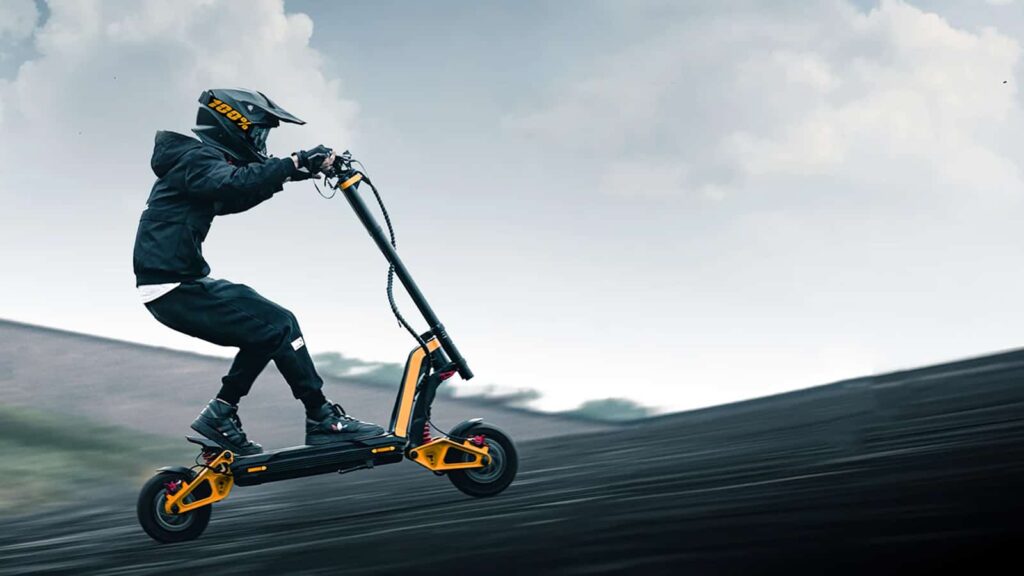Electric scooters have revolutionized the way people get around in urban areas, providing an eco-friendly and efficient mode of transportation.
One of the most common questions people have when considering an electric scooter is, “How fast can they go?”
In this article, we’ll explore the speed capabilities of electric scooters and the factors that influence their velocity.
Understanding Electric Scooter Speed
The speed of an electric scooter can vary significantly based on several factors, including its design, motor power, battery capacity, and intended use. Here’s a general overview of electric scooter speeds:
1. Entry-Level Electric Scooters (12-15 mph)
Entry-level electric scooters, often designed for beginners and casual riders, typically have top speeds in the range of 12 to 15 miles per hour (19 to 24 kilometers per hour). These scooters are well-suited for short commutes, recreational riding, and navigating city streets.
2. Commuter Electric Scooters (15-20 mph):
Commuter electric scooters, designed for daily urban commuting, offer speeds ranging from 15 to 20 miles per hour (24 to 32 kilometers per hour). They strike a balance between performance and efficiency, making them ideal for getting around a city.
3. High-Performance Electric Scooters (20+ mph):
High-performance electric scooters, often referred to as “fast electric scooters,” can reach speeds of 20 miles per hour (32 kilometers per hour) or more. These scooters are built for enthusiasts who enjoy a more exhilarating ride.
Factors Influencing Electric Scooter Speed
Several factors influence the speed of an electric scooter:
1. Motor Power:
The electric motor’s power, measured in watts, is a primary determinant of a scooter’s speed. Higher-wattage motors can propel the scooter at faster speeds.
2. Battery Voltage:
The voltage of the scooter’s battery directly impacts its speed. Scooters with higher voltage batteries can deliver more power to the motor, allowing for increased speed and performance.
3. Terrain:
The type of terrain you ride on can affect the scooter’s speed. Electric scooters perform best on flat and smooth surfaces, where they can achieve their maximum speed.
4. Weight:
The rider’s weight and any additional cargo can influence the scooter’s speed. Lighter loads typically result in higher speeds.
5. Tire Size:
Scooters with larger tires may offer improved stability at higher speeds.
6. Scooter Design:
The scooter’s design and aerodynamics can impact its top speed. Sleeker designs may achieve higher speeds.
Safety Considerations
While electric scooters can provide a fun and efficient mode of transportation, safety should always be a priority:
- Wear appropriate safety gear, including a helmet, gloves, knee and elbow pads, and protective clothing.
- Familiarize yourself with the scooter’s controls and handling characteristics before attempting high-speed riding.
- Adhere to local traffic laws and regulations, including speed limits and helmet requirements.
- Regularly maintain your scooter to ensure that its brakes, lights, and other safety features are in working order.
In conclusion, electric scooters offer a range of speeds to cater to various needs and preferences. Whether you’re looking for a leisurely ride or a faster commute, there’s likely an electric scooter that suits your speed requirements. However, always prioritize safety and responsible riding to ensure a safe and enjoyable experience on your electric scooter.

